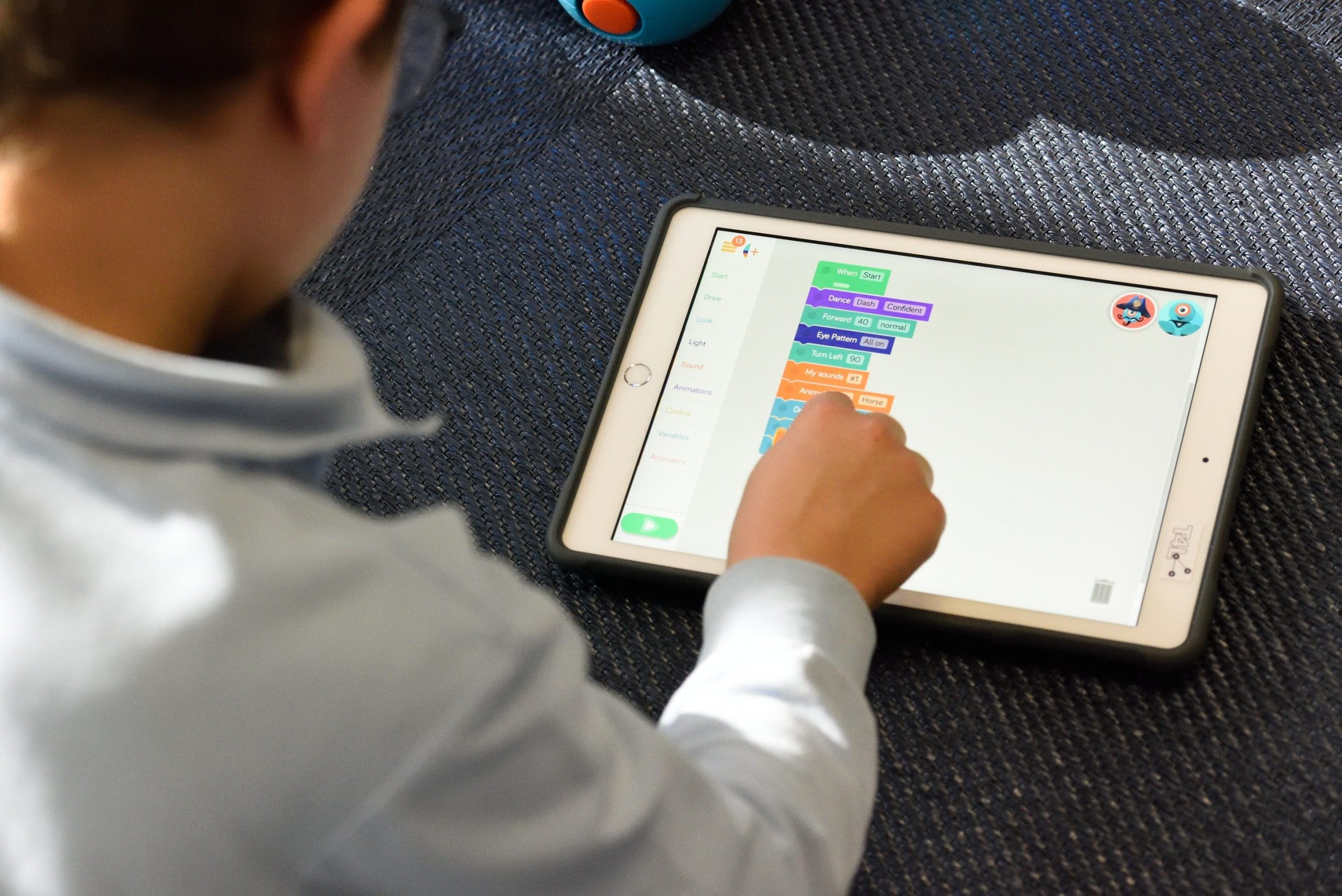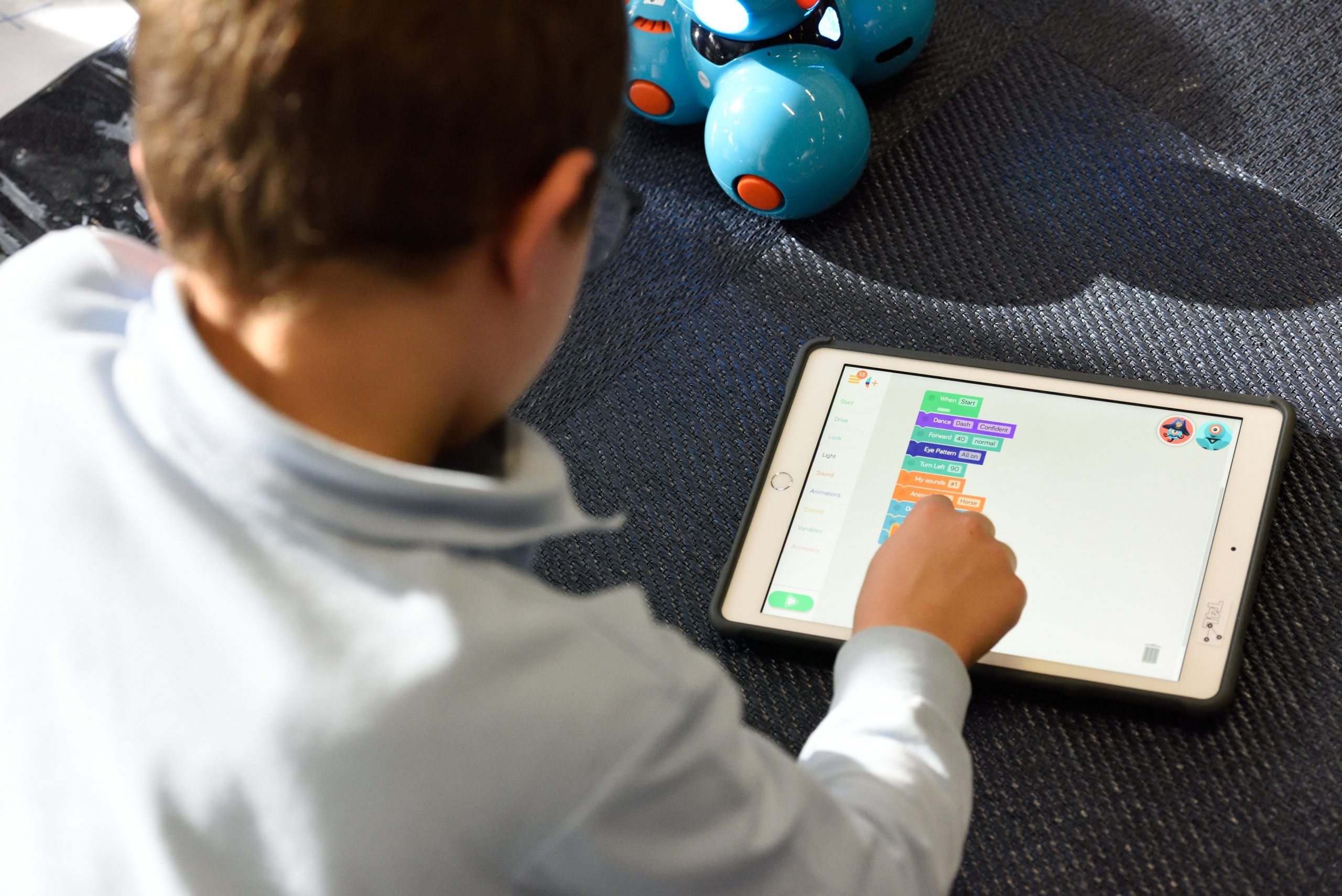I chose to do my A1 on ABRACADABRA. This is a website that can be used on a computer or mobile device that employs explicit, targeted instruction through games to teach and practice early literacy skills such as phonological awareness, phonics, fluency, vocabulary and comprehension. My project focuses on the research conducted to validate the use of this technology in classrooms and practical information for literacy teachers.
You can view my infographic about ABRACADABRA by clicking here.


Hi Erin, I enjoyed learning about ABRACADABRA from your infographic. It’s a program I hadn’t heard of before, and I’m always looking for good tools to support our young readers. I like the way it talks to the user, outlining the instructions, so very little reading skill is necessary to get started. There also looks to be a good variety of types of activities to choose from. I also like the fact that it’s a Canadian program, as those can be hard to find! Being aimed at early literacy learners, it would be helpful if there were some indication of the reading levels of the stories, so that users could select activities at their own level. I’m curious as to how you would use it with students. Would you direct them to specific tasks that target their needs and levels? Or would you give them more freedom? It also looks like a good tool for at-home reading practice.
Thank you Wendy,
This is my favourite digital literacy tool and I have seen a lot of improvements in my lowest readers who use it regularly. I use this on our class iPads and mainly focus on my intervention students during school as well as sharing the link with all parents if they would like something to work on at home. I would have an activity queued up on the iPads and my intervention group would work on that first thing in the morning before the day even really begins for a little extra practice and, depending on what we are working on, I would select a specific activity when I am working with an individual or small group. It is also an option for all students to explore if they are doing the iPad centre and I find that after trying a few activities and levels they naturally figure out the level that is the right fit for them.
Very nice infographic Erin, it was a good summarization of the resource!
I really found it odd that the creators would choose the name for the website to be ABRACADABRA (I had difficulty just typing it here). For kids learning to read to see such a big word would be quite intimidating and not the best way to build confidence in regards to reading/word comprehension. The site itself had nice graphics but I found it to not be very user friendly.
Where do you believe that they could make some improvements for their targeted audience?
Hi Neil,
For myself personally, the name represents the fact that we can read such long words by knowing even just a few simple sounds.
I agree with you that the site could use an upgrade for usability on cellphones. It works great on laptops and tablets (even small ones), which is how my students use it, and I am hopeful that they develop an app for this resource, though I still would use it on a tablet over a phone for students.
Hi Erin, I have never heard of ABRACADABRA but this looks like a fantastic tool for younger kids.
I wonder if this can be used for ELLs or students with learning disabilities?
There are lots of different activities that would be beneficial for the needs of ELL students and those with disabilities. For instance, some of the phonological awareness activities will say a word aloud and the student chooses the picture that matches the word. This is originally intended to see if the child can hear all the sounds in the word to make the correct selection, but it could also help beginning level ELL students grow their vocabulary. Since the activities all include various levels of difficulty, those who are ready to move on can find more challenging material, and those who are not can continue working on beginning level skills until they are ready.